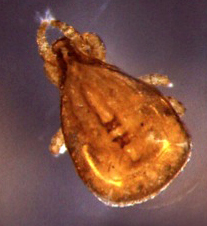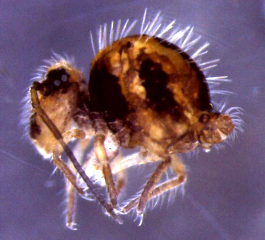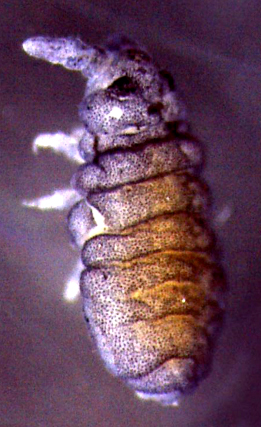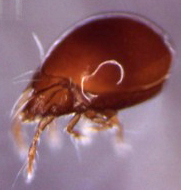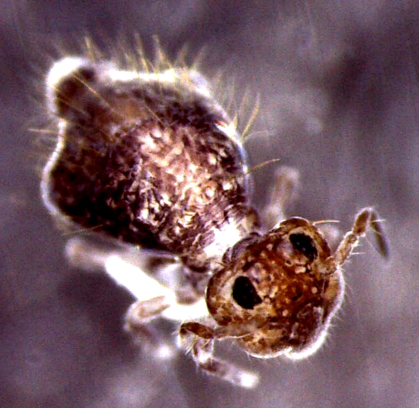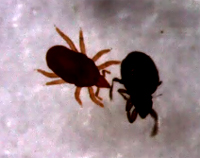Research
Current research
The role of water in predator-prey interactions
Water is a limiting resource in all terrestrial ecosystems and predictions of climate change point to a reduction of rainfall in some areas of the Globe and an increase in others. However, the role of water in animal-animal interactions has been typically neglected. To address the question that water drives predator-prey interactions and food web structure and dynamics, as well as litter decomposition, we are conducting experiments in leaf litter food webs of European beech forests in which we manipulate water availability and its spatial distribution, as well as predator abundances.
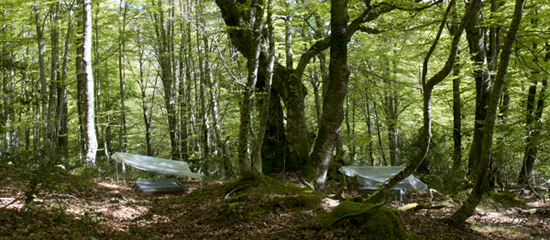
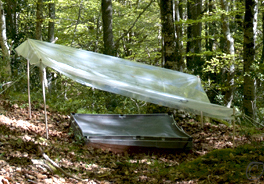
Food web eco-evolutionary dynamics
Food webs can be considered multidimensional matrices of selective pressures in which species affect each other through indirect genetic effects and both direct and indirect ecological effects.
The eco-evolutionary study of this complexity can only be achieved through computer simulation. In collaboration with computer scientists, we are developing Individual-Based Models in which we allow multiple interacting species with multiple traits affected by multiple genetic effects. These models are spatially explicit and follow the fate of populations, individuals and alleles through generations and space, allowing the detailed and unprecedented study of eco-evolutionary dynamics (Moya-Laraño et al. 2012; Moya-Laraño et al. 2013). This system is being parameterized with the data from beech forests leaf-litter food webs and the aim is to have a long-term feedback research program in which field data and simulations are combined to slowly approach reality (i.e., reduce our degree of uncertainty about how real systems work) step by step.
